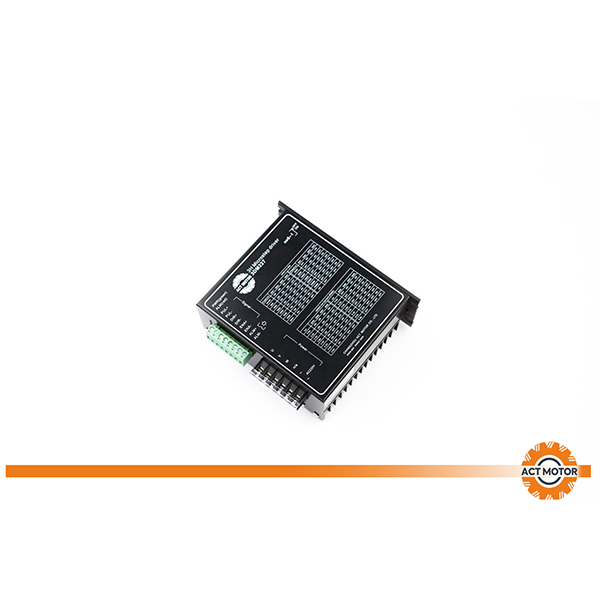
Pins (PA0 to PA3) are considered as output pins that are connected with input pins (IN1-IN4) of the ULN2003 IC. We need only four pin, we use (PA0 toPA3). Further connections for stepper motor are given below in circuit diagram section.īelow is the connections explanation for above circuit diagram.Īs we can see in the below diagram, the PWM pins are indicated in wave format (~), there are 15 such pins which can be used for pulse output to stepper motor. COM is given Positive source voltage required for output devices. Pins (IN1 to IN7) are input pins and (OUT 1 to OUT 7) are corresponding output pins.

It is used to drive the motor according to pulses received from microcontroller. Stepper motor can also be controlled without any Microcontroller, see this Stepper Motor Driver Circuit.

STM32 DRIVER STEPER MOTOR FULL
The motor has a 4 coil unipolar arrangement and each coil is rated for +5V hence it is relatively easy to control with any microcontrollers like Arduino ,Raspberry Pi also STM32.But we need a Motor Drive IC like ULN2003 to drive it, because stepper motors consume high current and it may damage microcontrollers.Īnother important data to notice is the Stride Angle: 5.625°/64. This means that the motor when operates in 8-step sequence will move 5.625 degree for each step and it will take 64 steps (5.625*64=360) to complete one full rotation. Here in this tutorial we are interfacing Stepper Motor with STM32F103C8 (Blue pill) board.Ģ8BYJ-48 is a Unipolar Stepper motor which requires 5V supply. Unipolar is easier to operate, control and also easier to get.

Mainly two types of stepper motors are available, Unipolar and Bipolar. We can rotate stepper motor to any particular angle by giving it proper instructions. Stepper motor is used in many devices which needs precise rotational movement like robots, antennas, hard drives etc. Generally stepper motor use 200 steps to complete 360 degree rotation, means its rotate 1.8 degree per step. Stepper motor is brushless DC motor, which can be rotated in small angles, these angles are called steps.


 0 kommentar(er)
0 kommentar(er)
